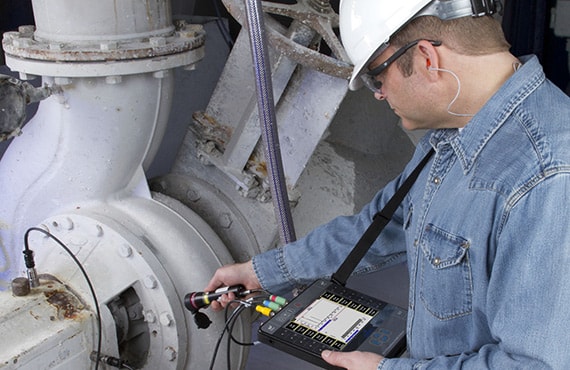EN 12790 – Child Use Reclined Cradle Safety Test
The European standard EN 12790 establishes stringent safety requirements for child use reclined cradles, ensuring they meet rigorous standards of durability and safety. This test is critical for manufacturers to verify that their products comply with the specified criteria laid out in this standard.
Manufacturers must demonstrate that their cradles can withstand a series of tests aimed at identifying potential hazards such as structural failures or material defects. The tests are designed to simulate real-world conditions under which the cradle might be used, ensuring it is safe for infants and young children.
The testing process involves several key steps. First, the cradle undergoes a visual inspection to ensure there are no visible defects such as cracks or sharp edges that could pose a risk. Following this initial check, the cradle is subjected to load tests where it must support its maximum intended weight without deformation.
The next phase involves impact and drop testing to assess how well the cradle can withstand accidental impacts. This includes placing heavy objects on various parts of the cradle to simulate potential abuse or accidents in a home setting. The standard specifies exact parameters for these tests, ensuring that any product meeting this standard is robust enough to handle typical use.
Environmental testing is also crucial as it evaluates how well the cradle can withstand changes in temperature and humidity. This helps ensure that the product remains safe under various environmental conditions, from hot summers to cold winters. Furthermore, flammability tests are conducted to verify that materials used do not pose a fire hazard.
Finally, the standard includes specific requirements related to labeling and instructions for use. These guidelines provide crucial information about how to properly assemble and operate the cradle safely. Compliance with these labels ensures parents have all necessary information to make informed decisions regarding their purchase.
The results of these tests are documented meticulously in a report that summarizes each test performed along with observations made during testing. This detailed record serves as proof that the manufacturer adheres to EN 12790, thereby providing assurance to consumers about product safety.
Understanding the scope and significance of this standard is essential for any company involved in manufacturing child use reclined cradles. By ensuring compliance with EN 12790, companies not only meet regulatory requirements but also enhance their reputation by demonstrating a commitment to quality and safety.
This comprehensive approach ensures that products are not just functional but also safe and reliable, contributing significantly to public confidence in the industry.
Applied Standards
The primary standard for this service is EN 12790, which specifies requirements and test methods for child use reclined cradles. This standard ensures that products are designed and manufactured to meet strict safety criteria.
- EN 12790: Establishes safety standards for child use reclined cradles.
Industry Applications
- Manufacturers of child use reclined cradles to ensure compliance with European regulations.
- Safety and quality assurance departments within companies involved in infant product manufacturing.
- R&D teams focusing on improving the design and functionality of baby products while maintaining high safety standards.
Eurolab Advantages
Eurolab offers unparalleled expertise in conducting EN 12790 tests, providing clients with accurate results and comprehensive reports. Our team of experienced professionals ensures that every test is conducted rigorously according to the specified standards.
We offer a wide range of services tailored specifically to meet your needs, including detailed consultation on how best to prepare specimens for testing as well as guidance on interpreting results effectively. Additionally, Eurolab provides ongoing support and training sessions to help you stay updated with any changes or updates in relevant standards.





